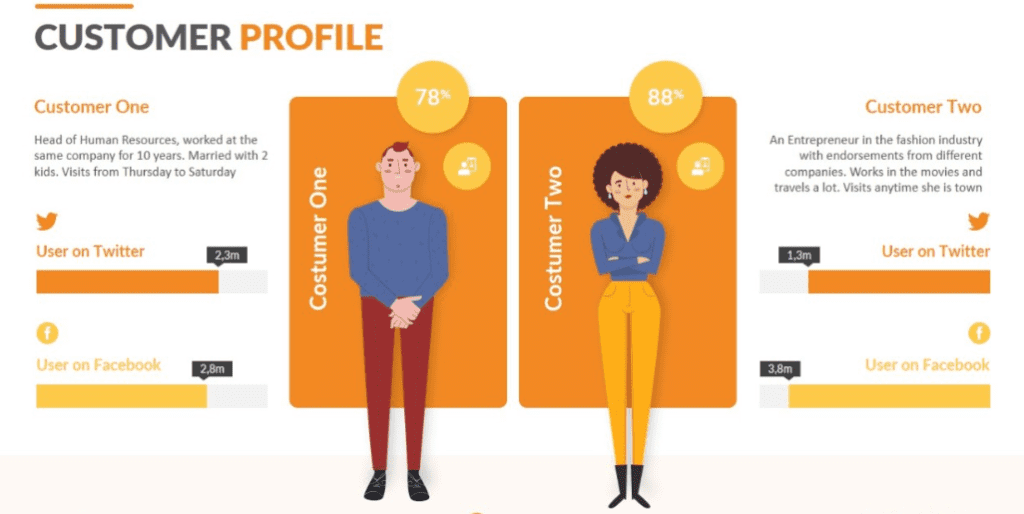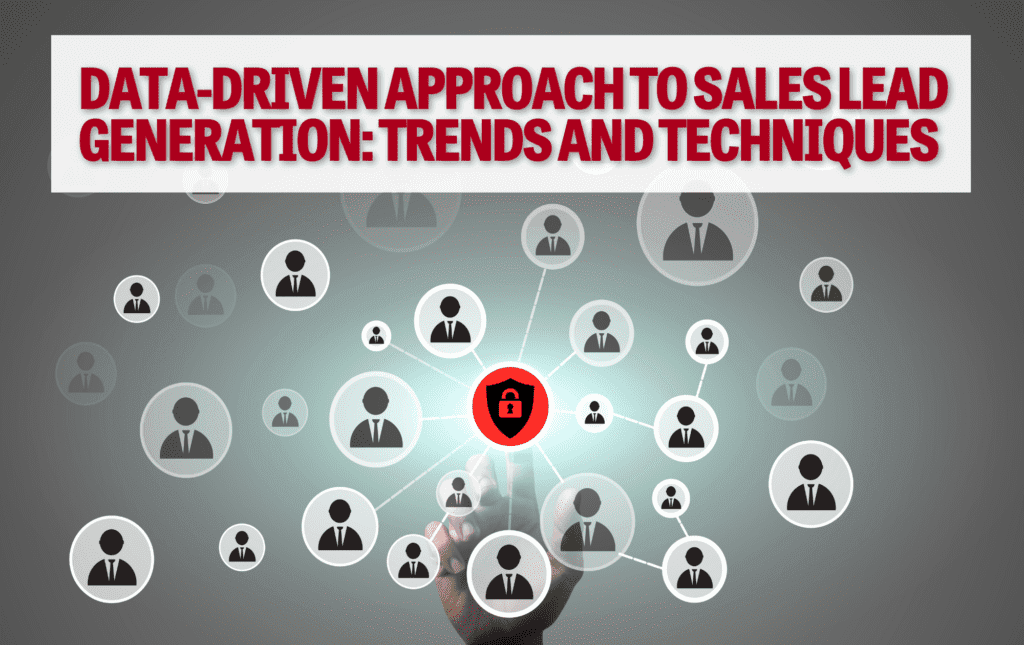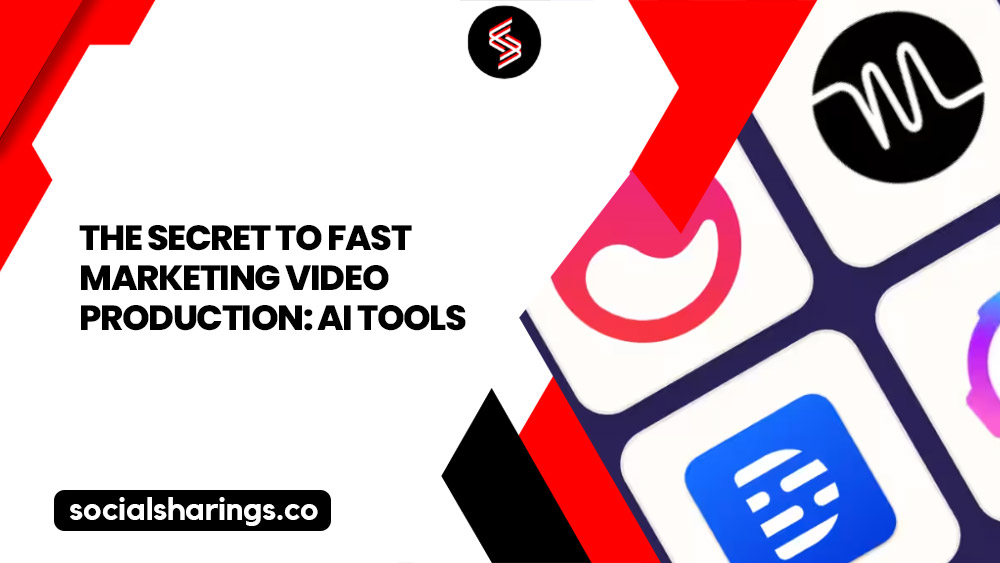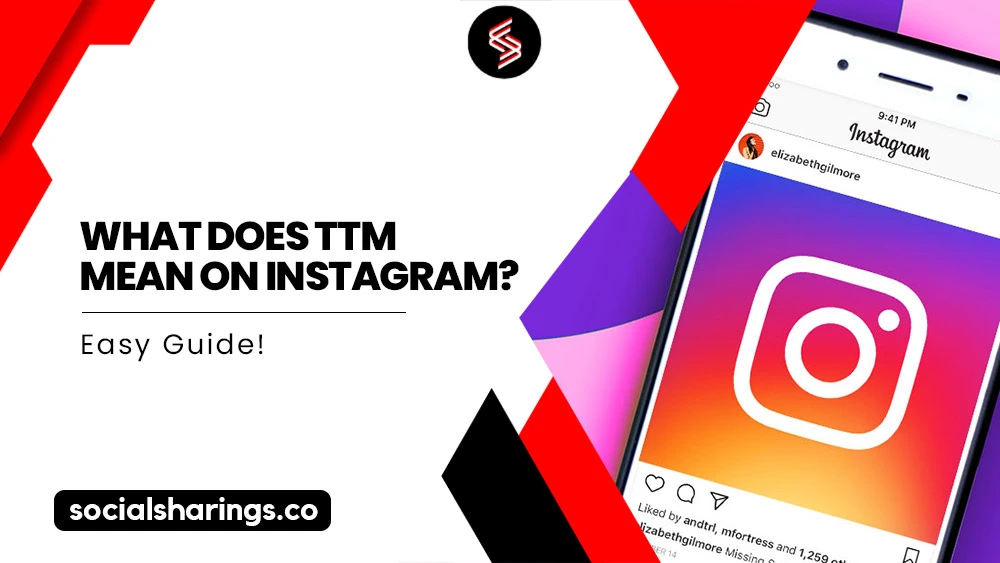It’s no surprise that digital marketing is here for the long haul, and as more and more companies are coming on board the digital ship, it’s becoming increasingly complicated to attract good leads.
Consider this scenario: when you and your competitors are all fishing for the same customers, who would go home with a good catch at the end of the day? A significant 61% of marketers find lead generation as one of their foremost challenges, often uncertain about achieving their desired ROI.
Yet, not all hope is lost. Data-driven strategies forge a path when there seems to be none. You can use data to streamline the lead-generation process and precisely connect to your audience.
Let me enlighten you more about the potential of data and its role in effective sales lead generation. Let’s get started!
Understanding Data-Driven Lead Generation
Data-driven lead generation uses the power of data to formulate an effective lead generation strategy. Like Zig Zigler said, “You are out of business if you don’t have a prospect.” Hence, by retrieving data-backed insights from customer data, you can design a sales lead generation strategy with a higher chance of working.
What does this mean for you?
Define the target market: Identify the key decision-makers within your target audience so your efforts are directed at those with the highest purchasing authority to save resources.
Gather insights from various sources: Gather data such as client preferences and email addresses from client reviews, competitive research, and web analytics. The greater the volume of data, the greater the possibility of conversion.
Thorough data examination: Identify patterns and trends to understand each step of your buyer’s journey and their expectations of your brand.
Applying insights for enhanced lead generation: Adapt your sales lead generation plans or personalization strategies based on insights gained about your target audience.
Benefits of a Data-Driven Sales Lead Generation Approach
When you know the preferences of your target customers, their online behavior, and the content they engage with, you can create a lead generation strategy that has a high chance of converting.
Here are a few more benefits of data-backed sales lead generation:
Greater precision: When you make decisions backed up by data, you’re more than likely to make informed plans that precisely reflect your consumer base.
Resources optimization: A data-driven approach allows you to redirect your focus on efforts inclined to transform into convertible leads. This prevents waste of time and effort.
Increased ROI: As data-driven strategies for sales lead generation are more efficient and effective, they tend to result in a higher ROI than other approaches.
Understanding Buyer Intent
Intent-based leads refer to buyers displaying actions that indicate they are receptive to your efforts and actively looking for your products and services. The buyer intent can be analyzed through:
Search query patterns: Gauge the keywords in your customer’s search queries to find out their most searched information.
On-site behavior – Evaluate their on-site behavior to discern their level of interest in each product or page. Study their search patterns, including the time they spend on every page.
The stages of a buyer’s journey – Use your previous insights to determine which stage of the sales funnel they are in and which type of content marketing services would attract them at this time.
8 Steps To Create a Data-Driven Sales Lead Generation Strategy
Now that you understand the importance of data-driven strategies let’s explore how to create a data-driven sales lead-generation plan in 8 actionable steps.
Use Customer Profiling To Define Your Audience
Before stepping into the topic’s complexities, gaining as much data as possible about your customers through customer profiling is vital.
Gain insights into your target audience to segment them into distinct buyer groups, considering demographics, pain points, and expectations. A key step in generating high-quality leads is exceeding what your customers expect.
Once your customer profiles are defined, the next step is to categorize your leads into:
- Marketing qualified leads (MQL): leads your marketing team believes will likely convert.
- Sales qualified leads (SQL): leads with a high chance of converting into paying customers with some lead nurturing.
Each business lays its criteria for MQLs and SQLs, so ensure your parameters have been communicated to the sales and marketing teams for sales lead generation.
Here’s what customer profiling looks like:

Survey and Organize the Best Lead Data
Creating a comprehensive database for incoming leads is the second step toward creating a data-driven sales lead generation strategy.
This includes all the essential information about a lead, including their demographic data, readiness to buy, marketing exposure, lead status, sales touchpoints, and other parameters.
Managing such a database verifies that you have an exhaustive record of all potential customers without redundancy.
Adopt a Multi-channel Approach for Lead Generation
Truelist says it takes eight touches on average to secure the first sales call with a prospective customer. You’ll need to interact with your leads through various touchpoints and persuade them to buy from you.
Here are the three leading sales lead generation channels you can avail of.
Inbound: Inbound refers to all the traffic that moves in your direction because they’re interested in what you offer them. Your audience is led to your website through content writing services such as paid channels or blogs and then converted into leads by:
- Cultivating your email list through newsletter sign-ups
- Taking advantage of lead generation forms linked to a lead magnet
- The “Contact us today” prompt on your website
Outbound: Outbound reach is another source for generating leads. These tactics reach out to that chunk of your target market that isn’t aware of your brand yet but blends into your ICP and can turn into potential leads.
A few ways of doing this are cold emails, direct messaging, or forming LinkedIn connections.
Social Media: Social media channels are helpful since they enable you to build and target personas. Around 68% of marketers testify that social media marketing services helped them create more leads. However, running ads on platforms frequented by your audience the most is essential.
Establish the Parameters to Segment, Score, and Attribute Leads
Once you have your best leads in a database, it’s time to keep an eye on their metrics for appropriate segmentation and targeting.
Here are some vital metrics to classify your leads and maximize conversions:
- Lead scoring: Each lead in your database promises a different value to your business. Lead scoring enables brands to assess the worth of each prospect. This allows them to prioritize leads that promise a greater value over others.
- Intent scoring: Each inbound lead has a varied purchasing intent. The intent scoring method determines whether a visitor is ready to purchase based on their activities on your website, including sharing their email address for newsletters.
- Response rate: Response rate is when a sales representative takes to contact a lead after filling out their contact information. While this may sound pretty straightforward, it’s very tactical. If the response rate is low, it means you’re losing out on your potential leads. Hence, a high response rate effectively directs more prospects toward the end of the sales funnel.
- Demo bookings: This assists marketers in assessing the capability of your marketing tactics to ask for a demo presentation. According to HubSpot, 50% of marketers believe demo bookings are the most essential productivity measures to track.
- Sales meetings: Finally, divide your leads according to the number of calls they get. This is vital to determine the average number of calls required to turn a lead into a paying customer.
While monitoring the KPIs mentioned above, keep track of revenue generated from outbound sales lead generation. This will help you understand what you’re earning in terms of what you’re investing.
Enhance the Quality of Your Outreach Performance and Inbound Marketing
A data-driven multi-channel approach has many benefits. Nonetheless, how can you guarantee that these channels consistently drive tangible results? Below are a few proven tips and techniques for inbound and outbound sales lead generation:
Inbound
There are various ways of turning your website or social media audience into leads. Here are some additions you can set up for regularly drawing in leads.
- Website personalization: Personalizing the user experience for your audience can entrust them with greater creative control over how they navigate through your web content.
- Explainer videos: Short-form explainer videos can allow your audience to understand your key value propositions and convince them to approach the sales team.
- Sales page: Craft a captivating sales page that instantly engrosses your visitors and motivates them to step further into the sales funnel.
- Chatbots: Set up chatbots to ensure visitors get timely replies to their queries and prevent your business from missing out on prospective buyers.
Outbound
The right outreach automation tools can enable marketers to rev up their outbound sales lead generation tactics. Besides that, automation also helps you expand your daily outreach, resulting in a massive lead database.
These are the top tips for multi-channel cold outreach:
- Cold email automation: Targeted cold emails have an open rate of 14% to 23%, varied by the industry. This means cold marketing can be an excellent method for outbound lead generation when effectively targeted. Automation ensures that customized emails are sent to their desired audience, guarantees timely delivery, and even presents analytics about audience engagement to those emails.
- LinkedIn automation: Maximize your LinkedIn lead-generation efforts by automating different stages of customer outreach. These include scheduling posts, sending automatic connection requests accompanied by a note, and starting conversations with new connections.
- Twitter outreach: A substantial portion of social media leads come from Twitter, making it an excellent hub for finding new leads.
3 Trends that Will Take Your Sales to the Next Level
The domain of sales is an ever-evolving landscape. Hence, if you’re aiming to step up your sales lead generation campaign, it’s vital to know the successful strategies of today that will still be in practice in the future.
The Power of AI
AI enables automation that can optimize lead-generation tactics, allowing marketers to focus more on crafting a winning strategy.
At the same time, AI offers personalization by tailoring each customer’s sales experience according to their needs. This helps forge stronger relationships between customers and brands.
Sales Enablement
Sales enablement comprises the tools and methods to access productive information such as product knowledge, customer case studies, and pricing details. Moreover, it also facilitates sales reps with prospect qualification, deal closure, and proposal development.
Focus on Comprehensive Attribution
Attribution helps determine how your marketing efforts are performing. For a data-driven sales lead generation strategy, attribution parameters must be clear.
It refers to allocating credit for sales and conversions to their relevant touchpoints.
- Last touch attribution: This is a user’s previous interaction with your social channels before making a purchase.
- First touch attribution: This refers to the first interaction a user has with your social channels before making a purchase.
- Linear attribution: Linear distribution enables equal distribution of credit throughout all the touchpoints a customer interacts with before making a purchase.
- Time decay attribution: This method allows more credit to customer interactions that took place in a close timeframe before the customer made a purchase.
- Position-based attribution: 40% credit is allocated to the first and last touchpoints, and 20% is divided evenly across all other touchpoints.
FAQs
It involves using data to make informed decisions and optimize various aspects of a website for better search engine performance.
Conclusion
Sales lead generation doesn’t have to be challenging or confusing. You can use data to solve the enigma and take your sales ROI to unprecedented heights.
Ensure that once you’ve applied these strategies, you keep tracking their performance and optimizing them whenever needed for optimal success.
For more tips on strengthening your sales lead generation efforts, stay tuned for my next post!







